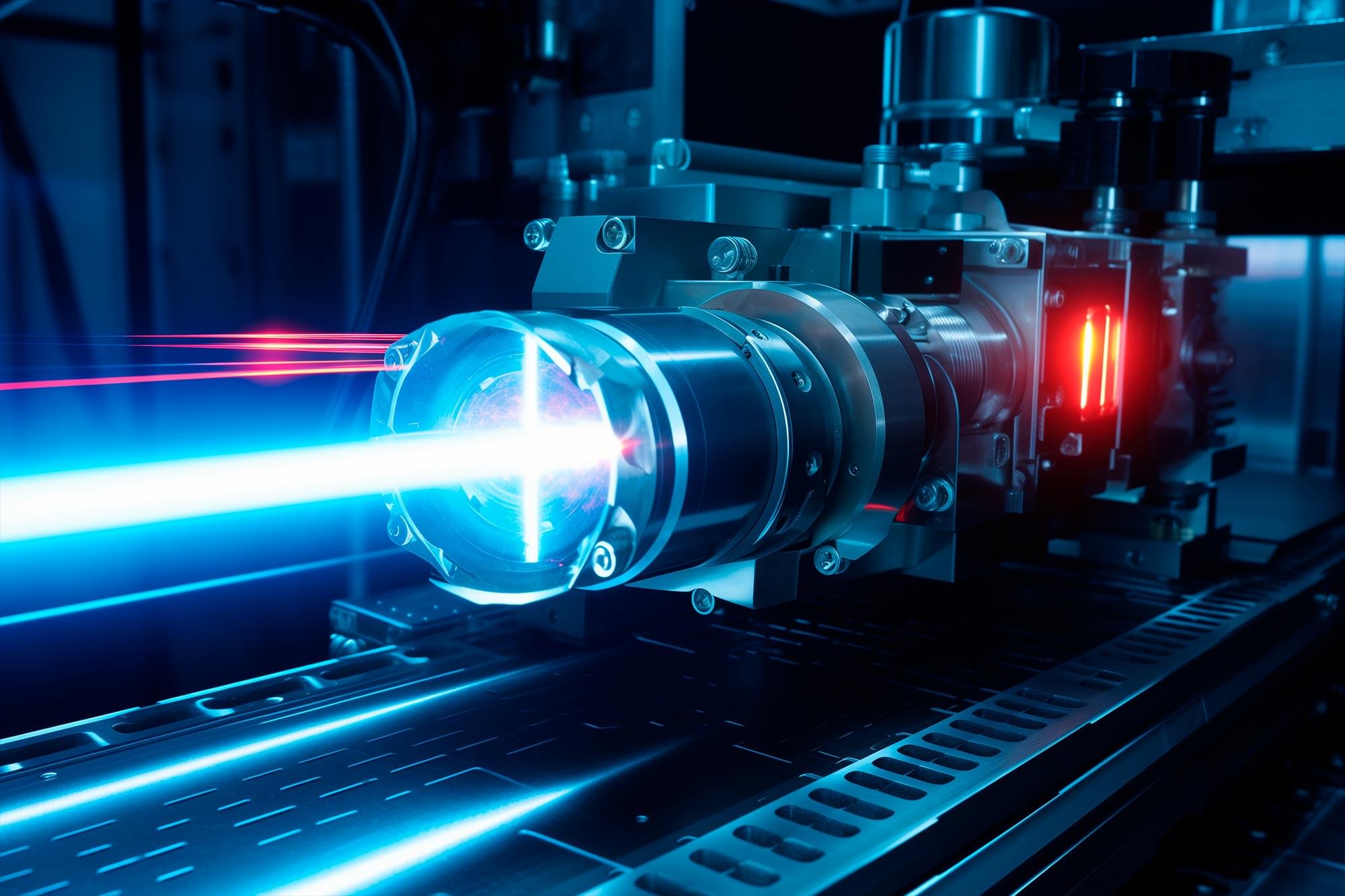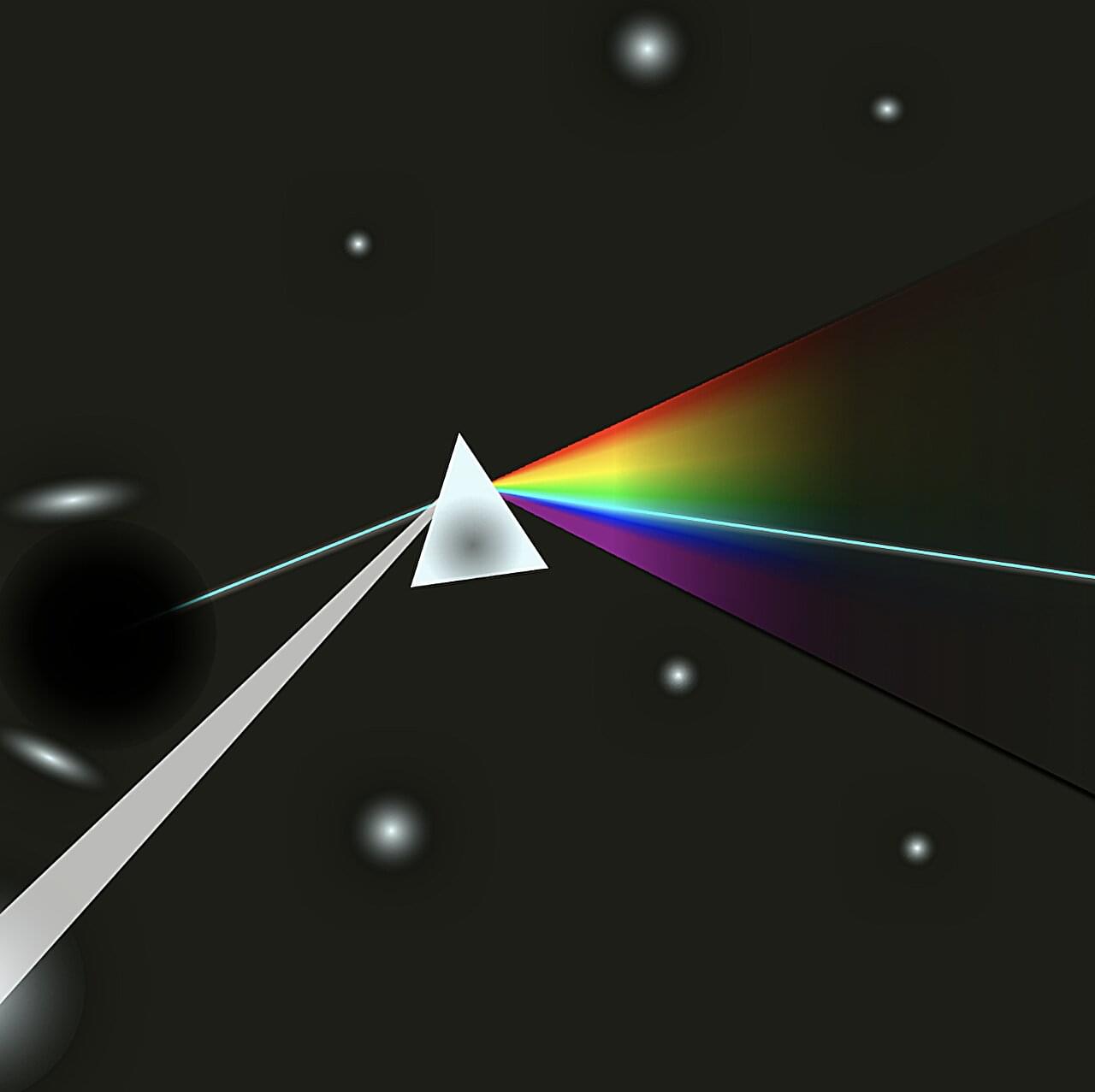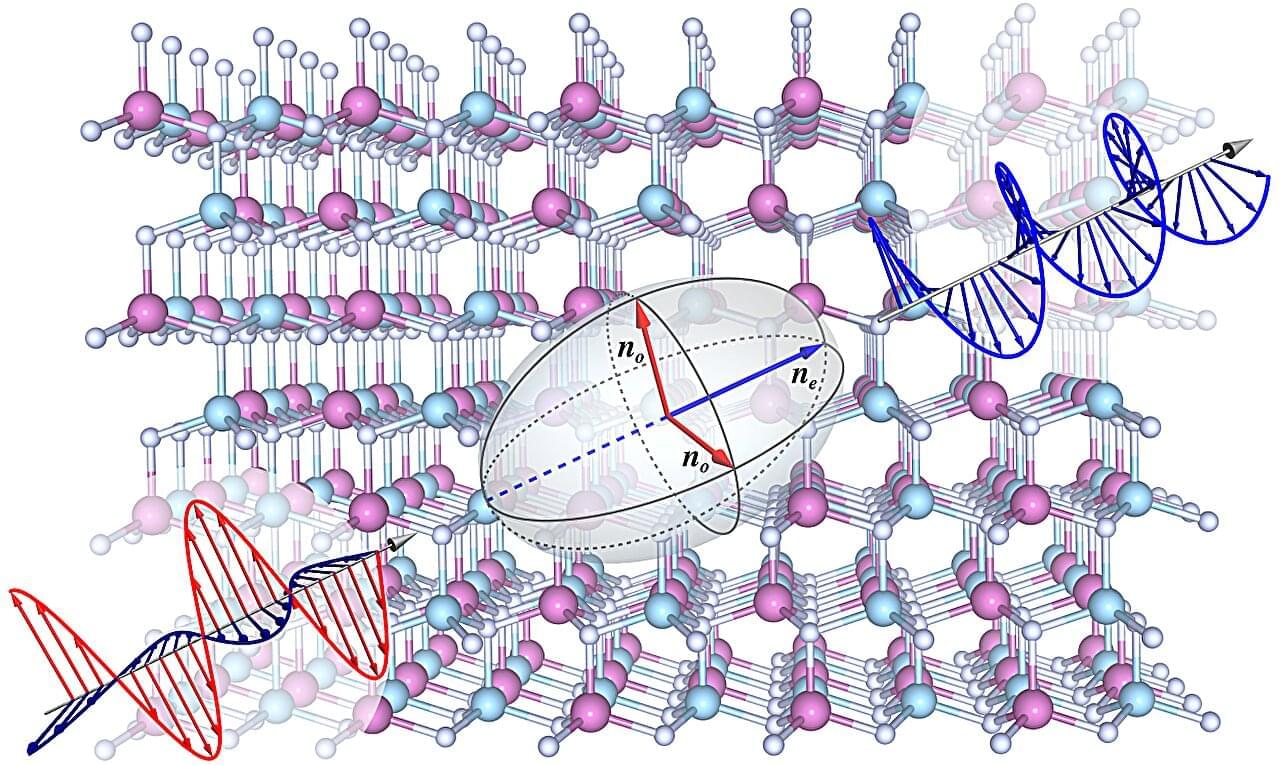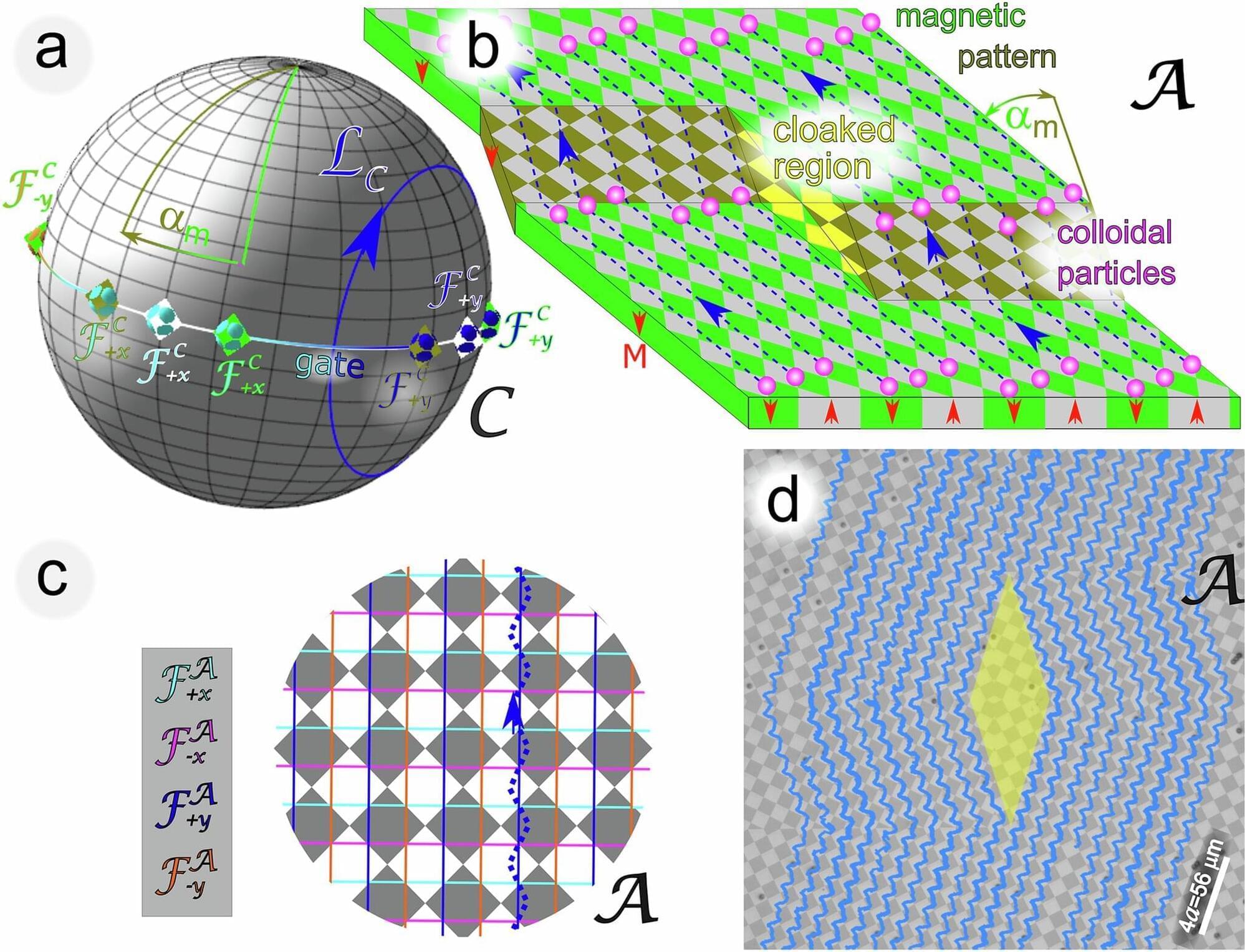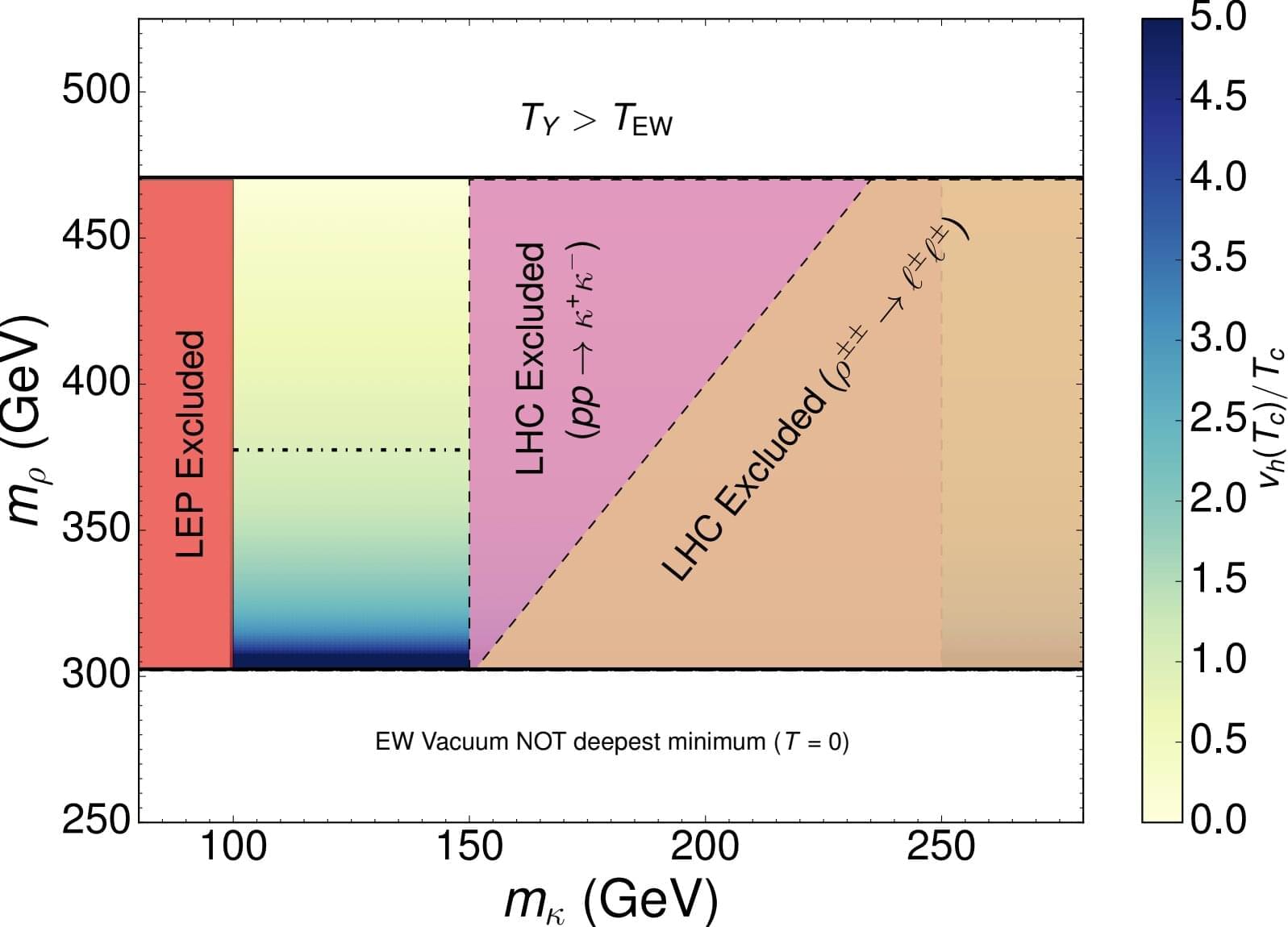A team of scientists from Princeton University has measured the energies of electrons in a new class of quantum materials and has found them to follow a fractal pattern. Fractals are self-repeating patterns that occur on different length scales and can be seen in nature in a variety of settings, including snowflakes, ferns, and coastlines.
A quantum version of a fractal pattern, known as “Hofstadter’s butterfly,” has long been predicted, but the new study marks the first time it has been directly observed experimentally in a real material. This research paves the way toward understanding how interactions among electrons, which were left out of the theory originally proposed in 1976, give rise to new features in these quantum fractals.
The study was made possible by a recent breakthrough in materials engineering, which involved stacking and twisting two sheets of carbon atoms to create a pattern of electrons that resembles a common French textile known as a moiré design.

